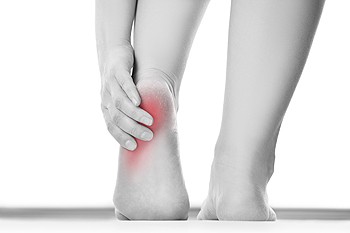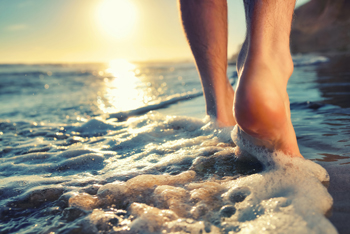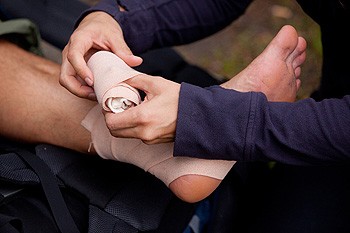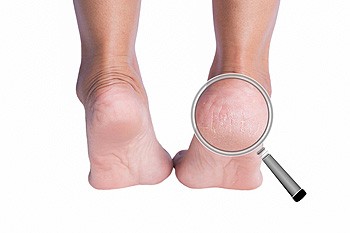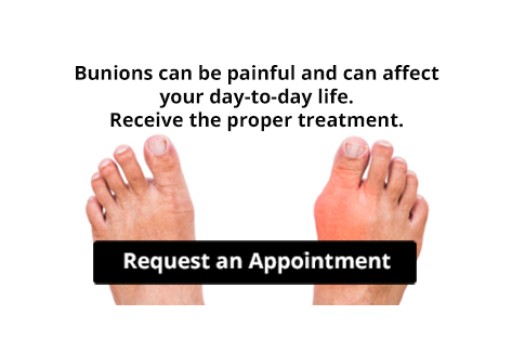 Heel pain is one of the most common problems seen by podiatrists. Most heel injuries respond well to conservative treatments and home care methods. If you have injured your heel, it is important to rest the affected foot to avoid putting pressure on the injured heel. Reducing your activity level will help prevent pain while you recover. Taking over-the-counter anti-inflammatory drugs can relieve pain and inflammation. Putting an ice pack wrapped in a towel on your heel for 10 to 20 minutes every few hours can decrease swelling. Your podiatrist may also suggest footwear modifications, orthotics, and stretches to help you recover. For more information about what to do if your heel is injured, please consult with a podiatrist.
Heel pain is one of the most common problems seen by podiatrists. Most heel injuries respond well to conservative treatments and home care methods. If you have injured your heel, it is important to rest the affected foot to avoid putting pressure on the injured heel. Reducing your activity level will help prevent pain while you recover. Taking over-the-counter anti-inflammatory drugs can relieve pain and inflammation. Putting an ice pack wrapped in a towel on your heel for 10 to 20 minutes every few hours can decrease swelling. Your podiatrist may also suggest footwear modifications, orthotics, and stretches to help you recover. For more information about what to do if your heel is injured, please consult with a podiatrist.
Many people suffer from bouts of heel pain. For more information, contact one of our podiatrists of Biebel & DeCotiis Podiatry Associates. Our doctors can provide the care you need to keep you pain-free and on your feet.
Causes of Heel Pain
Heel pain is often associated with plantar fasciitis. The plantar fascia is a band of tissues that extends along the bottom of the foot. A rip or tear in this ligament can cause inflammation of the tissue.
Achilles tendonitis is another cause of heel pain. Inflammation of the Achilles tendon will cause pain from fractures and muscle tearing. Lack of flexibility is also another symptom.
Heel spurs are another cause of pain. When the tissues of the plantar fascia undergo a great deal of stress, it can lead to ligament separation from the heel bone, causing heel spurs.
Why Might Heel Pain Occur?
- Wearing ill-fitting shoes
- Wearing non-supportive shoes
- Weight change
- Excessive running
Treatments
Heel pain should be treated as soon as possible for immediate results. Keeping your feet in a stress-free environment will help. If you suffer from Achilles tendonitis or plantar fasciitis, applying ice will reduce the swelling. Stretching before an exercise like running will help the muscles. Using all these tips will help make heel pain a condition of the past.
If you have any questions please contact one of our offices located in Holmdel and Middletown, NJ . We offer the newest diagnostic and treatment technologies for all your foot and ankle needs.
